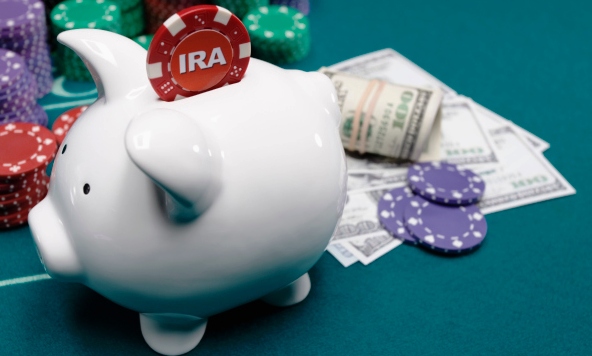When you want to pay off debt fast, that impulse often means depleting your savings. So how do you pay off debt AND save money?
Paying Debt vs. Increasing Savings
Mathematically, based on the interest rates of your loans versus your savings account (or other savings products), your debt is likely costing you more money every month than your savings is earning you. Thus, looking simply at the highest net impact of your dollar, it would make sense to use extra income to pay off debt rather than save the money.
But this strategy usually results in more debt. Crazy, right? But think about it. If you’re taking all your spare dollars and diverting them to your credit card or other loans, completely neglecting your savings account, what will you do when an emergency comes along, things like car repairs, vet bills, etc.?
No Savings Can Equal More Debt
Life happens, and since you don’t have a savings account, you’ll probably have to slap these expenses onto your credit card. You know, the one you’ve been working so hard to pay off?
Here’s how to get out of this cycle:
1. Put away the credit cards and stop adding to your debt. Remove the temptation.
2. Set a goal for your savings account that you’re comfortable would cover most emergencies, for instance, $500. Depending on your situation, it might makes sense to have a goal of $1,000. It’s up to you.
3 .Pay at least the minimum payments on your loans while you build your savings account until you reach $500.
4. Then dedicate more money to paying down debt. Winter is around the corner, so why not consider the “Debt Snowball” method?
Debt Snowball
But how do you pay down your debt? There is a proven method called the “Debt Snowball”. Having a process can help you keep on track and stay motivated. You could pay off the debt with the highest interest rate first, but that may not be best for you. Read “How to Get Out of Debt With the Debt Snowball Plan” from Dave Ramsey to learn a different way which may make better sense. On to step 5…
5. If an emergency comes along that takes your savings below $500 (or $1,000), switch back to paying the minimum on debt and put extra money into savings to build that back up.
6. Once savings is steady at $500 ($1,000) and you feel you’ve gotten your debt under control (or paid off), start increasing your savings. Most personal finance experts say your emergency savings should be able to cover three to six months of living expenses.
And don’t stop contributing to your retirement savings or dip into your retirement savings unless it’s truly an emergency—your future self will thank you.
With patience and some baby steps, you’ll soon have your finances under control and find yourself resting on a comfortable nest egg.
[poll id=”1″]





